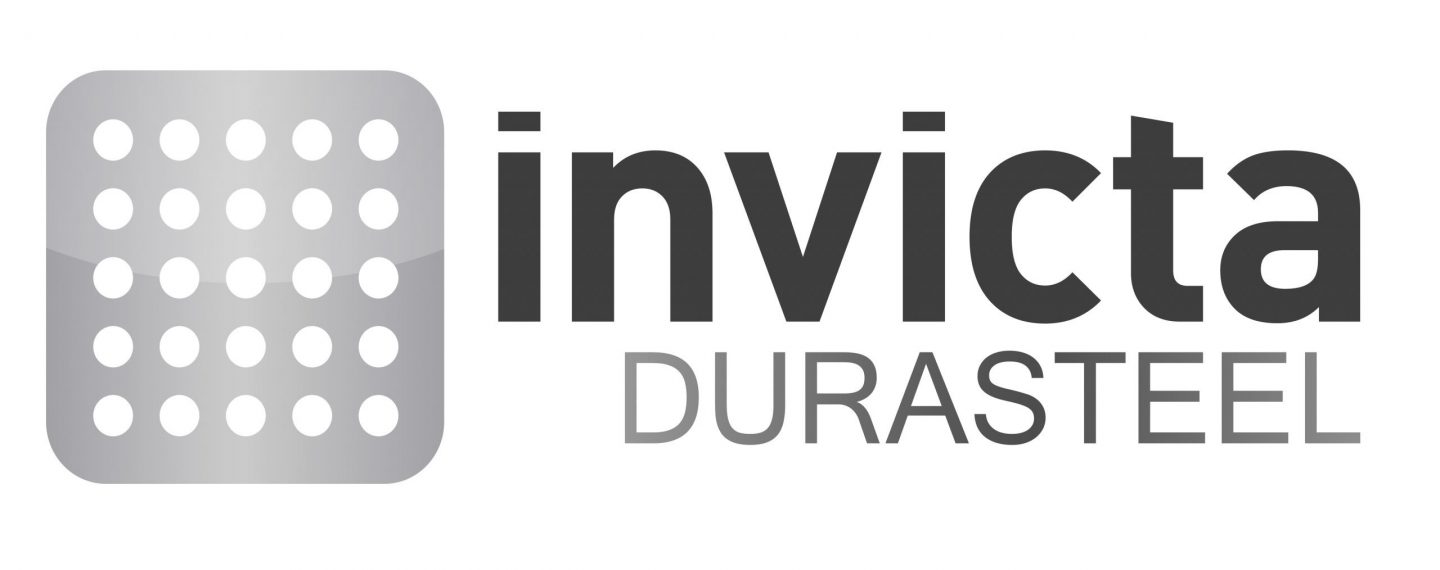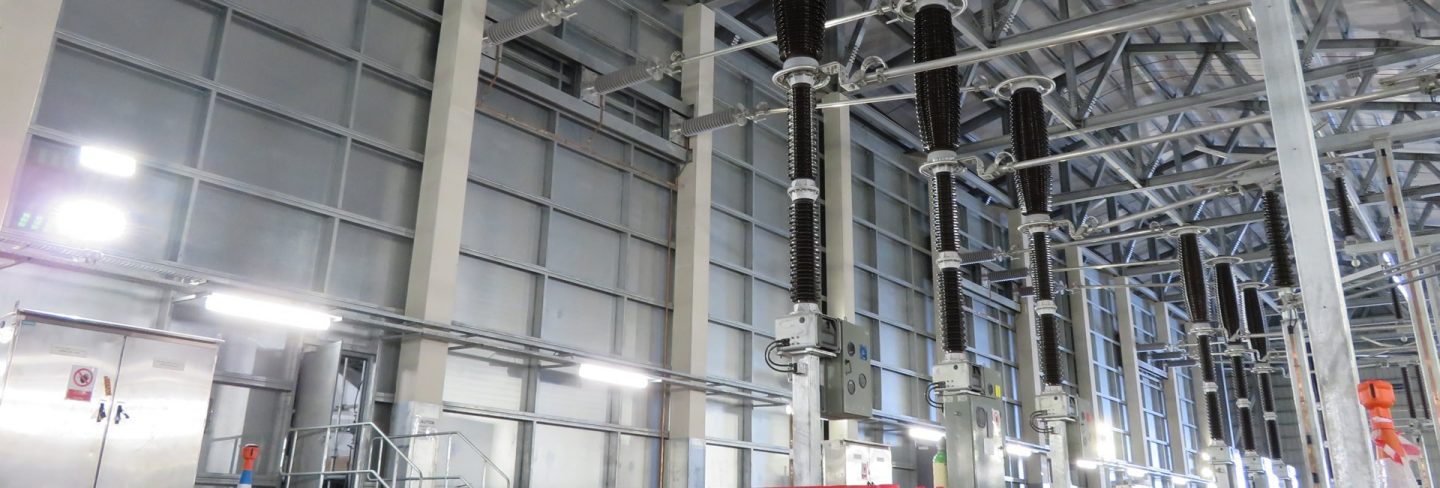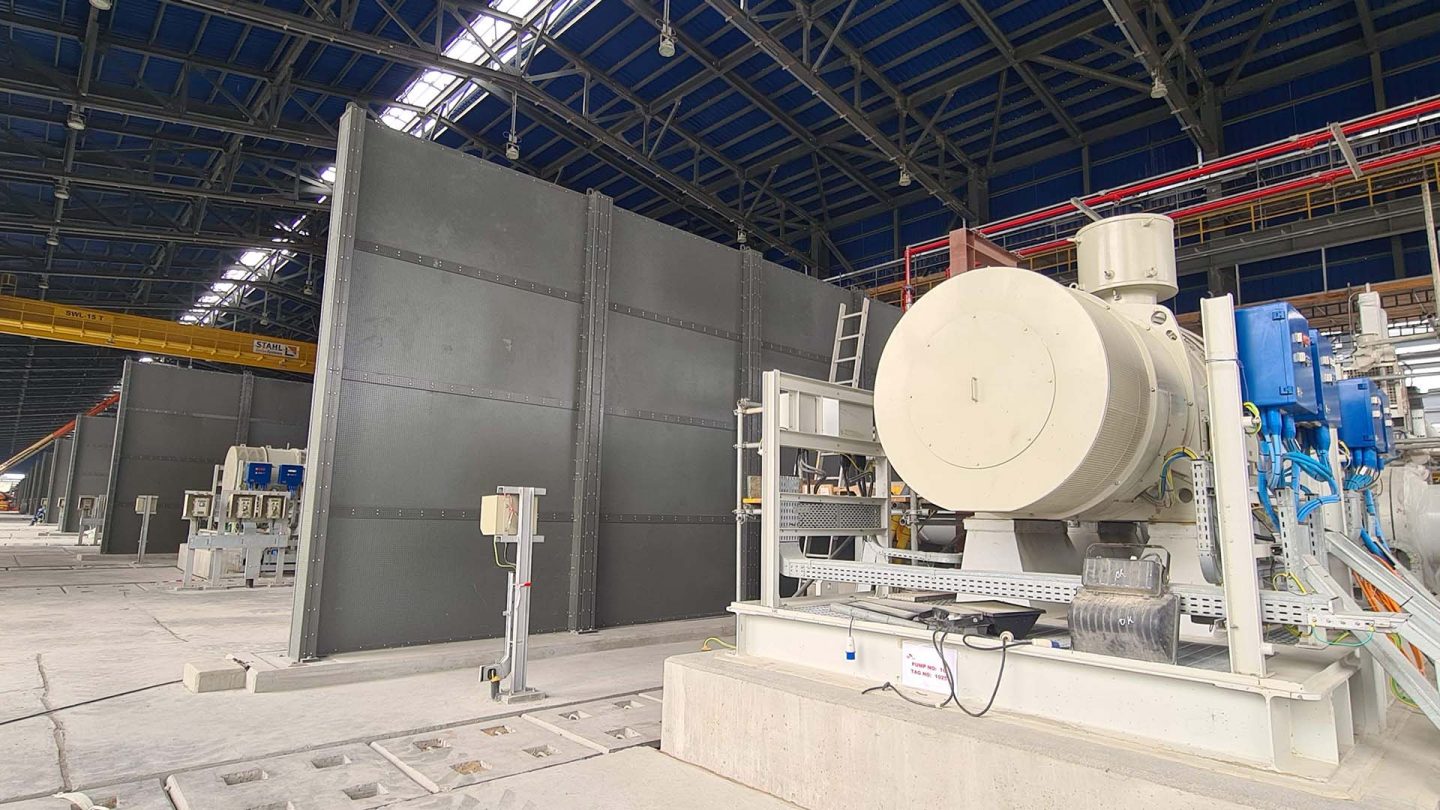For your information
You are being redirected to one of our divisional subsites which contains more detailed information on the required division. To navigate back to the main Invicta Group site, please click the link found in the footer at the bottom of the page.
- Durasteel
Discover the benefits of Durasteel
- Systems
Systems
- Expertise
Expertise
-
Applications
- Aircraft Hangar Fire Protection
- Battery Storage Facilities
- Building Fire Compartmentation
- Anti-Terrorist Blast Protection
- Cable Tunnel Fire Compartmentation
- Equipment Delivery Hatches
- Equipment Enclosures
- Heat Shields
- Power Station Fire Protection
- Metro and Rail Fire Protection
- High Voltage Cable Protection
- Substation Fire & Blast Protection
- Tunnel Fire Protection
- Oil & Gas Fire & Blast Protection
- Ventilation Systems
- Wind Farm Fire Protection
-
Applications
- Projects
- Insights
Insights
-
Articles
- Blast Protection System Design Considerations & Design Criteria
- How to Conduct a Fire Risk Assessment for Factories and Warehouses
- Minimising the Risk of Fire, Blasts & Explosions in the Middle East
- Integrity, Stability and Insulation in Passive Fire Protection
- Triangle of Fire & Active vs Passive Fire Protection
- Frequently Asked Questions
- A to Z of Terms
-
Articles
- Contact
Contact

UK +44 1843 220 256

US +1 305 328 9444

UAE +971 4 277 6225

Qatar +974 4441 4340

India +91 99 0355 9793

Malaysia +60 16 286 6225
- Start your project
What is the state of fire safety in the UK in 2025?
2nd April 2025
Quick Quote
Contact Fraser Shearer Sarun Vysakham Ben Tan Azim Rizvi Anand Raghavan Our USA Office
To get a quotation or arrange a free site survey - Call Fraser Shearer Sarun Vysakham Ben Tan Azim Rizvi Anand Raghavan Our USA Office on
-
 UK
UK
-
 UAE
UAE
-
 Malaysia
Malaysia
-
 India
India
-
 Qatar
Qatar
-
 USA
USA
Current location:
Quick Quote
Contact Fraser Shearer Sarun Vysakham Ben Tan Azim Rizvi Anand Raghavan Our USA Office
-
 UK
UK
-
 UAE
UAE
-
 Malaysia
Malaysia
-
 India
India
-
 Qatar
Qatar
-
 USA
USA
Current location:
2024 saw significant developments in fire safety regulations and standards in the UK, largely driven by Grenfell Tower tragedy and its subsequent inquiry. Below, we’ll be looking at the shadow this has cast over the first part of the year, and what the rest of 2025 might look like for the world of fire safety in the UK and beyond.
Grenfell’s long shadow continues to influence
It goes without saying that the Grenfell disaster—and the lessons that should be learned from it—has been a key factor in defining fire safety for the past few years, and it will continue to do so as we move into 2025. We expect that any new changes on the horizon will be primarily informed by the Phase 2 report (which was released back in September 2024) of the Grenfell Inquiry and the recommendations found within. While the exact nature of the changes are not yet known, it’s generally assumed that they will follow the recommendations fairly closely.
The main take away is the need for a single independent construction industry regulator who spans various aspects within the sector, including the products used (and their fire response testing requirements), the accreditation of fire risk assessors, an overview of licensing of contractors working on high risk building projects, collecting, collating and sharing information pertaining to all aspects of fire related data and fire safety material, with the collection being made accessible to the public.
Other recommendations include fire safety strategies being performed by registered fire engineers in the instances when a high-risk project is being newly built or refurbished, and the formal recognition of the role of fire safety engineer as an established profession. To support this there would need to be a register and regulation of such a role by a (new) independent body.
As can be expected from the source of the recommendations, these changes will largely apply to residential buildings or those of excess height, but there is already chatter from the construction industry about other building uses feeling overlooked by the new regulations. If materials are deemed unfit for residential use, are they then too deemed unsafe for office blocks or warehouses? There is a call out for a clarification for these changes and whether they will be applied right across the built environment. To pick just one example: as the following topic shows, the need for sprinkler systems as standard is not just a residential issue.
Lithium-ion batteries
If there was one topic that dominated the headlines around fire safety, it is the prevalence of lithium-ion batteries as we move closer to an electric vehicle based society. The rise in domestic and international fires due to lithium-ion batteries has given way to a renewed call for stricter regulations around their use and storage. In particular, the London Fire Brigade issued a set of instructions for limiting the risk of the particular types of fire on construction sites – showcasing that the risks deem being taken seriously.
On the back of this, a safety bill for the use of lithium-ion batteries has reached the committee stage in the house of lords. In particular it seeks to monitor the online sales of, and use of, lithium-ion batteries in electric bikes and scooters. As well as this, they are pushing for regulations and requirements to be established in order to get control of the industry as soon as possible. It is yet to be seen if this Private Member’s Bill will make it to parliament, but the fact that it was mentioned in the King’s speech gives us hope that it is something that we will see in the near future.
This is an issue that has been present in the public consciousness ever since the Luton airport carpark fire back in 2023, where it was suspected that the fire began due to a faulty electric car battery. While it was later discovered that this was not the case (it was actually a diesel car that began smoking before entering the car park), many still believe that electric cars are essentially dangerous when parked near other cars.
To add to that is their prevalence in electric bicycles, which continue to grow in popularity, especially in larger towns and cities. Responsible Persons and duty holders should already be aware of the risks of such items and factor them into their health and safety duties in general.
Where new buildings or those up for retrofitting are concerned, there are steps that can be taken to aid in protecting residents and material losses by making use of passive fire protection such as Durasteel fire barriers. Perfectly suited for areas of higher fire risks, such as places where electric bicycles might be stored, they can play a part in protecting parking areas within buildings, especially when located directly under residential or office apartment blocks.
Updated Fire Safety Standards
An increased focus on the fire safety considerations of common and ancillary areas like these were part of the latest British Standard on building fire safety. The recent release of the updated BS 9991:2024 Fire Safety Standard has introduced significant changes to both building regulations and preemptive design guidelines. These are far reaching and beneficial to those using the buildings, especially in cases where there are vulnerable persons residing there.
This is most pertinent in the expanded scope for what the Standard covers, with residential care homes now included and particular specifications written to ensure the safety of the permanently residing vulnerable group, who may not be as easy to evacuate as other residential settings.
The previously mentioned ancillary areas will now have clear guidelines on height limits for buildings with single staircases, a new focus on the installation of sprinklers and an emphasis on the need for evacuation lifts – again as part of a campaign to make residential buildings safer for those more vulnerable.
A major step forward in fire safety for all comes in the form of the new requirements via the Residential PEEP policy, which will apply to all high rise residential buildings or those between 11-18 metres that have simultaneous evacuations strategies already in place. The policy mandates that a five-step process be used to identify vulnerable residents and for the Responsible Person to develop bespoke evacuation strategies for them, with information then being shared with the Fire and Rescue Services. This was a response to the Emergency Evacuation Information Sharing Plus (EEEIS+) consultation and the naming convention of the Residential PEEP is to differentiate it from those already found in places of work.
Labour’s Remediation Acceleration Plan
Even though it is still very early days, (the plan was only formally announced in early December of this year) there is a lot of hope for the Remediation Acceleration Plan, which stands together with the party’s other plans to reform the housing construction industry.
In particular, the plan indicated timeframes as well as requirements to finally remove unsafe cladding from buildings above a certain height. These were laid out as:
- Buildings above 18 metres
By 2030, all unsafe cladding to be removed when the high rise building is part of a government funded remediation scheme.
- Buildings above 11 metres
By 2030, either complete removal of all unsafe cladding or have a realistic date for when the remediation will be completed.
The emphasis of the plan is very much on getting things done, with penalties mentioned for any landlords that do not meet these deadlines. Hopefully, after many years of conjecture, the specific parameters of this plan will mean that action may finally be taken to make these buildings safe for those living in them. More information on the objectives (identifying the buildings in need and supporting the residents financially are key parts of the plan) can be found in the policy paper released in December 2024.
There are some teething problems with these recent and upcoming reforms, however. Even with the increased obligations for the Responsible Persons under the Fire Safety Order commencing over a year ago, there are still issues with how exactly their duties can be defined. Early instances are already showing that designated Responsible Persons are unsure of the extent that their requirements, and changes to risk assessments seem to have at least a part to play in the confusion. We hope to see more clarity on these points in 2025 and beyond, especially with many of the above changes falling at their doors to be implemented.
With construction firmly featuring on the government’s agenda for 2025, it becomes increasingly important that landlords and designated Responsible Persons get their heads around the new and upcoming regulations. To learn more about the benefits of Durasteel passive fire protection systems and how they could protect your facility, contact us today.
Accreditations & Affiliations











SpecUp - System Specification Wizard
Answer the 5 short questions below to receive your recommended Durasteel system specifications. Hover over the ? icons for a brief explanation.
Question 1/5
Type of system required?
Question 2/5
Fire rating required?
Question 3/5
Fire integrity-only or integrity and insulation?
Question 4/5
Fire attack risk from one side or both sides of the system?
Question 5/5
Blast rating required in addition to fire rating?
Creating your results page
Thanks for completing the SpecUp, you’ll be redirected to your results shortly.
Click here if you aren't redirected after a few secondsStart your project
Tell us about your project. Please complete this form. One of our sales team will come back to you with more details. If you prefer, you can drop us an email.




Share/Like this page